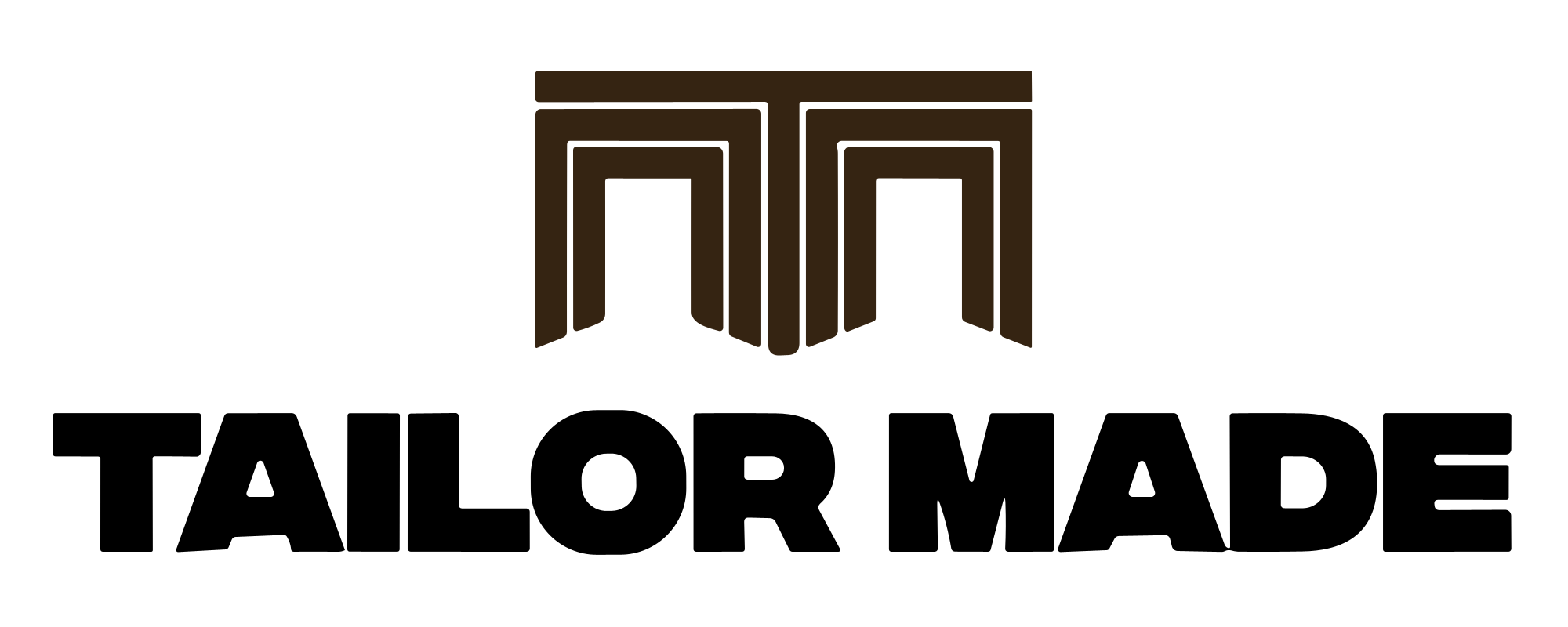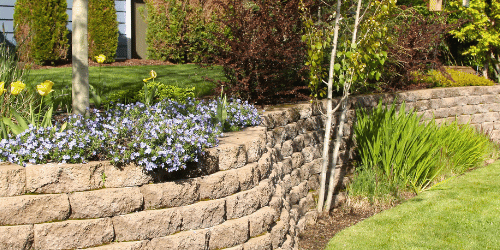Retaining walls play a crucial role in transforming sloped terrains into functional landscapes. However, when these structures fail, they can pose significant risks and financial burdens for homeowners. In this blog post, we’ll explore the causes of retaining wall failures and discuss strategies to prevent them.
Selecting the right materials and understanding their properties is essential for building durable, long-lasting retaining walls.
Soil Considerations
Clay Soils
Expansive clays can exert excessive pressure on retaining walls, leading to failure. Proper drainage and suitable backfill material are crucial. Good drainage prevents water accumulation, which can increase soil pressure. Using appropriate backfill material reduces the risk of wall movement. Ensuring these measures helps maintain the structural integrity of retaining walls. Regular inspections and maintenance are also important. Addressing issues early can prevent costly repairs. Proper construction techniques ensure the long-term stability and effectiveness of retaining walls.
Erosion Risk
Soil erosion can undermine the foundation, compromising the wall’s integrity. Addressing erosion is essential during construction. Implementing erosion control measures ensures the stability of the retaining wall. Techniques such as planting vegetation, installing erosion control fabrics, and creating proper drainage can prevent soil loss. Preventing erosion maintains the foundation’s strength and longevity. Regular monitoring and maintenance are also crucial. Taking proactive steps during construction safeguards the retaining wall from future erosion-related issues.
Compaction
Proper soil compaction ensures stability. Compacted soil provides better load-bearing capacity for the wall. It reduces the risk of settling and movement. Effective compaction techniques involve using the right equipment and following industry standards. This process strengthens the soil structure, supporting the retaining wall’s integrity. Proper compaction also improves drainage, reducing water-related issues. Ensuring well-compacted soil during construction is crucial for a durable and stable retaining wall.
Hydrostatic Pressure
Hydrostatic Pressure
Heavy rainfall can lead to water buildup behind the wall, causing pressure. Proper drainage prevents this issue. Installing drainage systems, such as perforated pipes and gravel backfill, allows water to escape. This reduces hydrostatic pressure on the wall. Ensuring adequate drainage protects the retaining wall from potential damage. Regular maintenance of drainage systems is also important. Proper drainage solutions are crucial for the longevity and stability of retaining walls.
Drainage Solutions
Use gravel, perforated pipes, or drainage fabric to manage water flow. Gravel allows water to percolate through the soil, reducing pressure on the wall. Perforated pipes direct water away from the wall, preventing buildup. Drainage fabric helps filter water and prevent soil erosion. These materials work together to ensure proper drainage. Implementing these solutions during construction helps maintain the stability and integrity of retaining walls. Proper water management is essential for preventing damage and prolonging the wall’s lifespan.
Backfill Drainage
Properly graded backfill material enhances drainage efficiency. Using materials like gravel or crushed stone ensures water flows away from the wall. Well-graded backfill prevents water accumulation and reduces hydrostatic pressure. It also promotes better compaction and stability. Proper backfill selection is crucial during construction to support the retaining wall’s integrity. Ensuring efficient drainage protects the wall from potential damage and extends its lifespan.
Geo-Grid Reinforcement
Geo-Grid Explained
Geo-grid is a geosynthetic material that reinforces retaining walls. It enhances stability and load-bearing capacity. By integrating geo-grid into the soil, the wall can withstand greater pressures. This material interlocks with the soil, distributing loads more evenly. Using geo-grid during construction improves the overall strength of the retaining wall. It helps prevent shifting and settling over time. Proper installation of geo-grid ensures the long-term durability and effectiveness of retaining walls.
Common Mistakes
Some walls lack geo-grid reinforcement due to contractor oversight. Educate contractors about its importance. Highlighting the benefits of geo-grid can ensure it is properly utilized. Geo-grid enhances stability, prevents shifting, and increases load-bearing capacity. Providing training and resources can help contractors understand and implement this crucial material. Proper reinforcement with geo-grid improves the safety and longevity of retaining walls. Emphasizing its importance can lead to better construction practices and more durable structures.
Installation Techniques
Proper installation of geo-grid ensures optimal performance. Follow manufacturer guidelines for the best results. Adhering to these instructions helps achieve the intended reinforcement and stability. Incorrect installation can compromise the effectiveness of geo-grid. Ensuring that contractors are well-informed and trained is crucial. Proper placement, spacing, and anchoring are key aspects of installation. Following guidelines ensures the geo-grid functions as intended, providing enhanced support and longevity for retaining walls.
Material Choices
Timber Walls
While aesthetically pleasing, timber walls are susceptible to rot. Treated wood or naturally rot-resistant woods can extend their life. Using materials like cedar or redwood can help prevent decay. Treated wood undergoes a process to make it more durable against moisture and pests. Regular maintenance, such as sealing and staining, also protects timber walls. Proper installation and drainage further reduce the risk of rot. Choosing the right type of wood and maintaining it well ensures the longevity and beauty of timber retaining walls.
Concrete Blocks
Concrete blocks offer durability and minimal maintenance. Coupled with proper drainage and reinforcement, they’re an excellent choice for retaining walls. Their sturdy construction provides long-term stability. Proper drainage prevents water buildup behind the wall, reducing pressure. Reinforcement with materials like geo-grid enhances load-bearing capacity. These factors contribute to the durability and effectiveness of concrete block walls. Regular inspection and maintenance ensure continued performance. Choosing concrete blocks for your retaining wall supports a strong and resilient structure.
Natural Stone
Stone walls provide a timeless look. Choose suitable stone types based on aesthetics and stability. Select stones that complement your landscape and withstand local weather conditions. Ensure stones are well-shaped and sized for stability and ease of construction. Proper placement and jointing techniques enhance durability. Stone walls not only offer aesthetic appeal but also durability and natural beauty. They blend harmoniously with the environment, enhancing the overall landscape. Choosing the right stones ensures a long-lasting and visually appealing retaining wall.
Common Questions Answered
Q1 How can I prevent retaining wall failure near my driveway?
A1 Consider additional reinforcement for surcharges (e.g., vehicle weight) and proper drainage.
Q2 What’s the impact of poor soil conditions on retaining walls?
A2 Poor soil can lead to excessive pressure and erosion, compromising the wall’s stability.
Q3 Should I consult an expert during construction?
A2 Absolutely! Seek professional advice to ensure proper design, materials, and construction techniques.
Seeking Expert Advice
Encourage readers to seek professional guidance during retaining wall construction. Experts can provide tailored solutions and ensure best practices.
The Impact of Soil Conditions
Poor soil affects retaining wall stability. Understanding soil types and addressing compaction and erosion is crucial.
Conclusion Prioritizing Stability for Lasting Retaining Walls
When embarking on a retaining wall project, it’s essential to consider several critical factors. By following these guidelines, you can ensure that your retaining walls stand the test of time and provide both functionality and aesthetics.
Timber walls offer a charming, natural look. However, they are susceptible to rot and decay. To extend their lifespan, opt for treated wood or naturally rot-resistant species. Concrete blocks are durable, low-maintenance, and versatile. When combined with proper drainage and reinforcement, they make an excellent choice for retaining walls. Stone walls provide timeless elegance. Select suitable stone types based on both aesthetics and stability.
Expansive clays can exert excessive pressure on retaining walls, leading to failure. Proper drainage and suitable backfill material are essential. Soil erosion can undermine the foundation, compromising the wall’s integrity. Addressing erosion during construction is critical. Proper soil compaction ensures stability. Compacted soil provides better load-bearing capacity for the wall.
Implement effective drainage systems using gravel, perforated pipes, or drainage fabric. Properly graded backfill material enhances drainage efficiency and reduces pressure.
Visit Us At Tailor Made
For more information and personalized guidance, visit us at Tailor Made Contracting is here to provide you with exceptional landscape design services that transform your outdoor space into a work of art. Whether you’re dreaming of a lush garden, a tranquil patio, or a vibrant play area, we’ll bring your vision to life. Contact us today and let’s create something extraordinary together!







